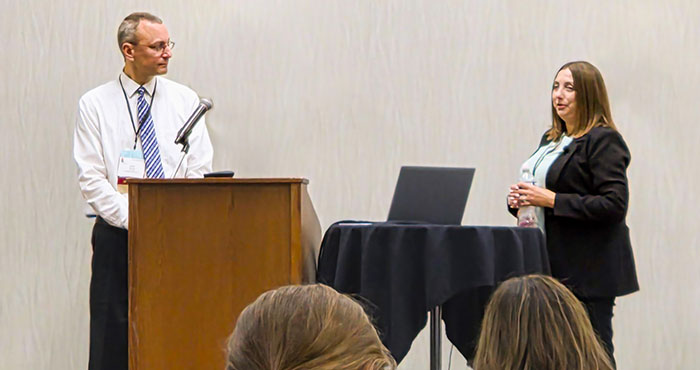Minnesota Paid Leave: What Employers Need to Know Before 2026
Minnesota has enacted a statewide Paid Leave program that combines paid family leave and paid medical leave, bringing major changes to payroll, HR...

November 3, 2020 - The Small Business Administration (SBA) recently announced their intent to issue two new forms for PPP Borrowers with $2 million or more in loans. The purpose of the forms is to gather information that the SBA will use to evaluate the good faith certification made by borrowers (FAQ #31). Below is a link to the forms:
For-Profit Borrowers - Form 3509
Not For-Profit Borrowers - Form 3510
Your lender will ask you to complete the relevant form so no action is required by borrowers until that time. However, all PPP borrowers with $2 million or more in loans should be aware of the type of information the SBA is reviewing so borrowers can determine how they will address these requests.
The forms request information in two categories. The first section of the form is a Business Activity Assessment, which requests information on the business of the borrower and the impact of COVID-19 on operations including the extent to which the business was impacted by state or local shutdown orders.
The second section of the form is a Liquidity Assessment which asks questions of the borrower to assess their financial position, including access to capital. The information requested includes information on the cash position of the borrower around the time of the loan application, distributions paid between March 13, 2020, and the end of the covered period, and compensation for employees and owners in excess of $250,000.
Borrowers should carefully consider these questions and the information available to support the answers. We will continue to provide updates and additional guidance as it becomes available.

Minnesota has enacted a statewide Paid Leave program that combines paid family leave and paid medical leave, bringing major changes to payroll, HR...

Over the last few months, Redpath professionals have been presenting, teaching, and trading ideas with leaders across the government accounting...

For search fund entrepreneurs, acquiring a business is both thrilling and uncertain. Unlike private equity firms seeking portfolio growth or...